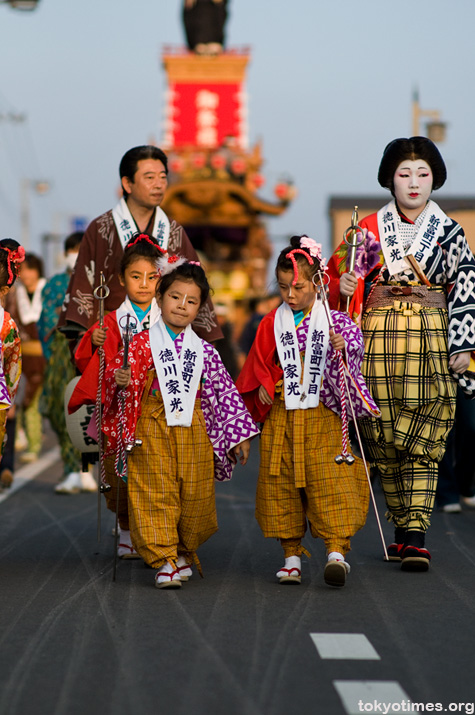With their mayhem, mikoshi and monstrous size, Japanese festivals are fun to say the least, but at the same time they are apparently nowhere near as enjoyable as enthusiastically forcing as many fingers into one’s mouth as is physically feasible.
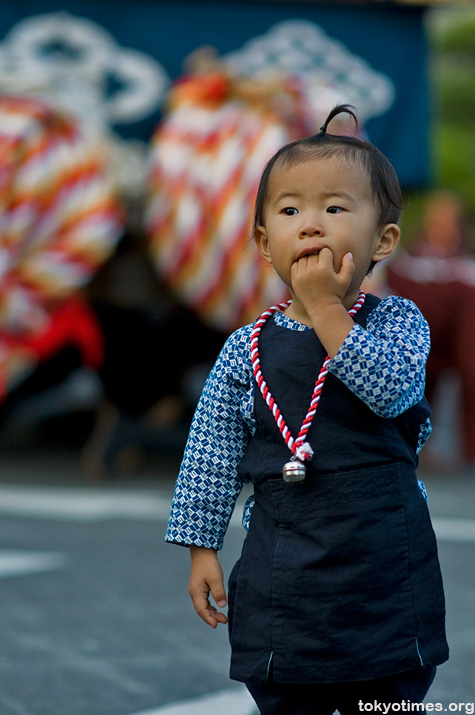
Photographs from a small group of islands
With their mayhem, mikoshi and monstrous size, Japanese festivals are fun to say the least, but at the same time they are apparently nowhere near as enjoyable as enthusiastically forcing as many fingers into one’s mouth as is physically feasible.

Celebrated throughout November but focused mainly around the 15th, Shichi-Go-San (Seven-Five-Three) is a rite of passage of sorts for young Japanese children; an event that dates back as far as the Heian Period (794 to 1185), with its modern version involving elaborate outfits and ceremonies aimed at warding off evil along with wishes for long and healthy lives.
But after a day filled with formalities, photos galore and incredibly uncomfortable kimonos, the patience of participants, and indeed parents, can possibly be pushed to the limit.
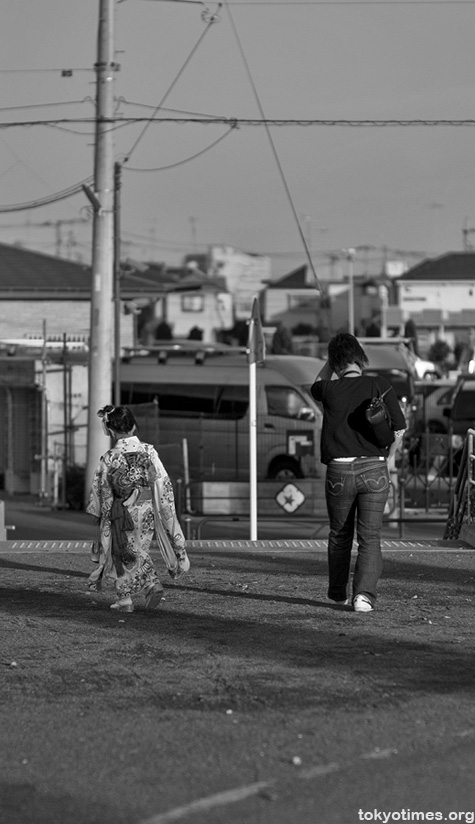
The Japanese notion of wabi-sabi is notoriously difficult to describe, let alone try and define; however, whilst many would disagree — including the missus who maybe ought to know more and maintains I’m miles off — this scene, with its sense of transience, silence and certainly sadness, personally at least almost perfectly encapsulates the concept.
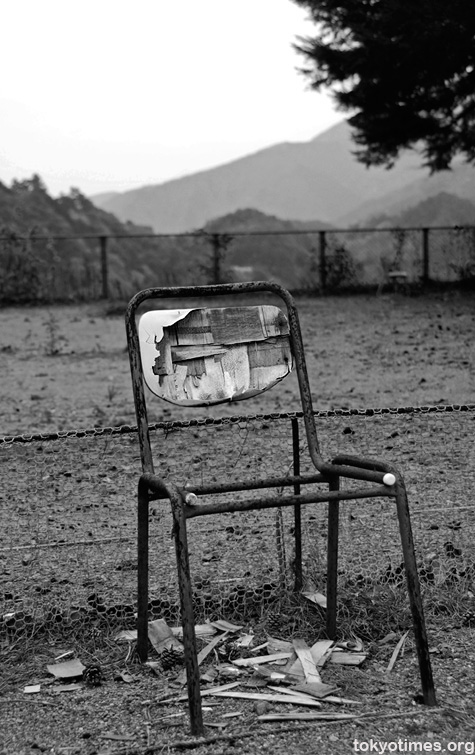
As does this, yet somehow not quite as clearly.
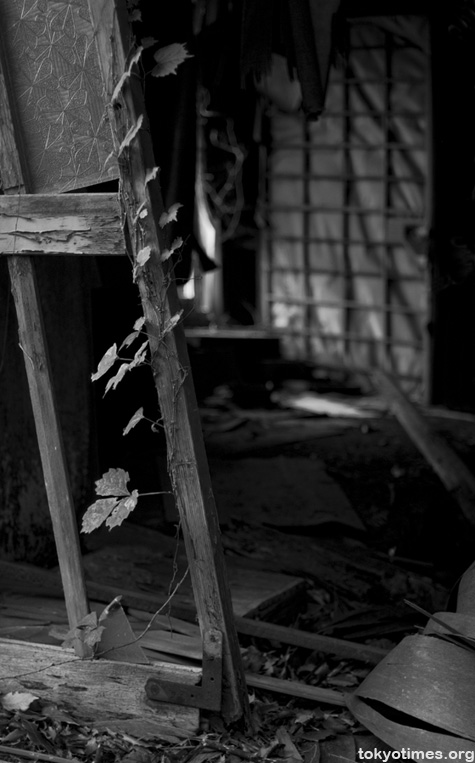
Or indeed, completely.
The mikoshi, or portable shrine, is a favourite of most Japanese festivals, but at the one in Kawagoe, the lifting of such far from light objects is instead forfeited for unfeasibly large floats; heavy and hulking monsters which, when manoeuvred around the city’s relatively narrow streets, are quite a spectacle to say the least.
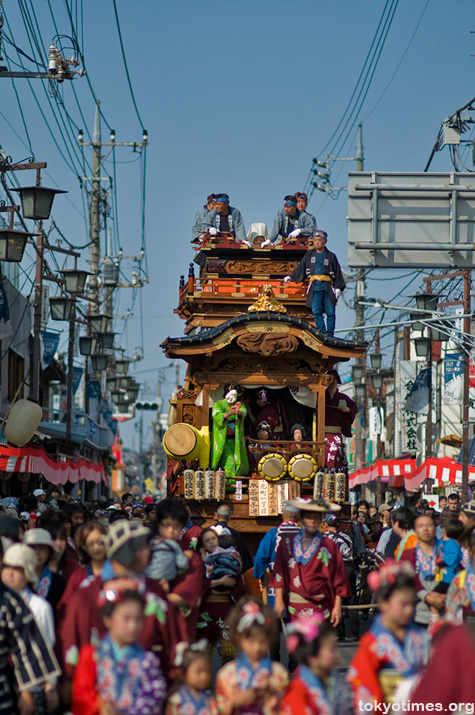
Allowing the older fellas who lead them to feel understandably important,
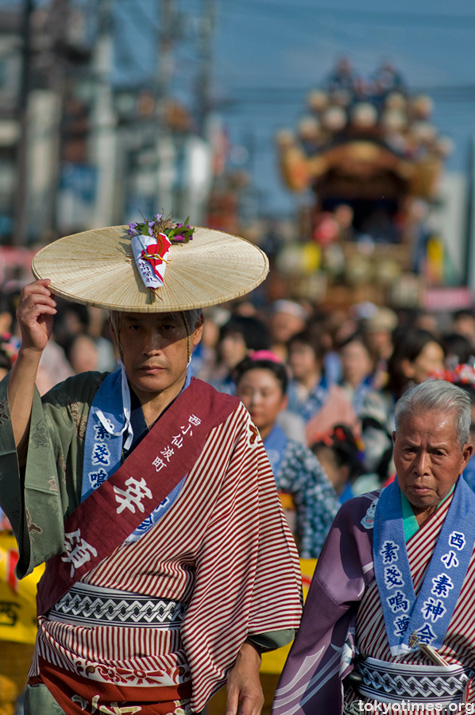
and proud.
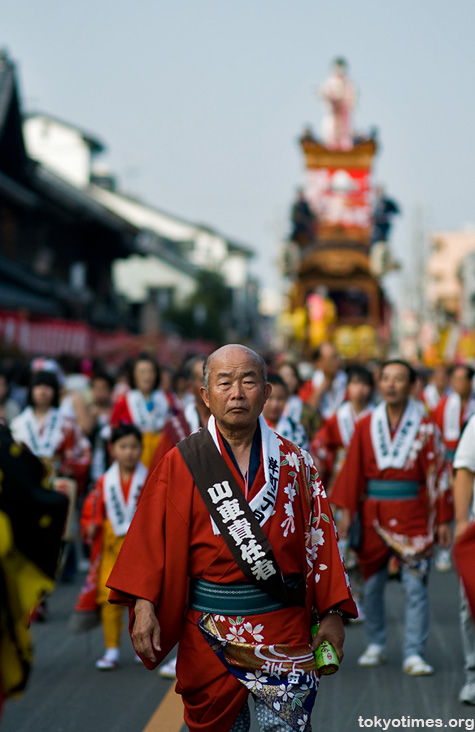
Although those doing the pushing and pulling all day are perhaps justified in feeling a little bit peeved.
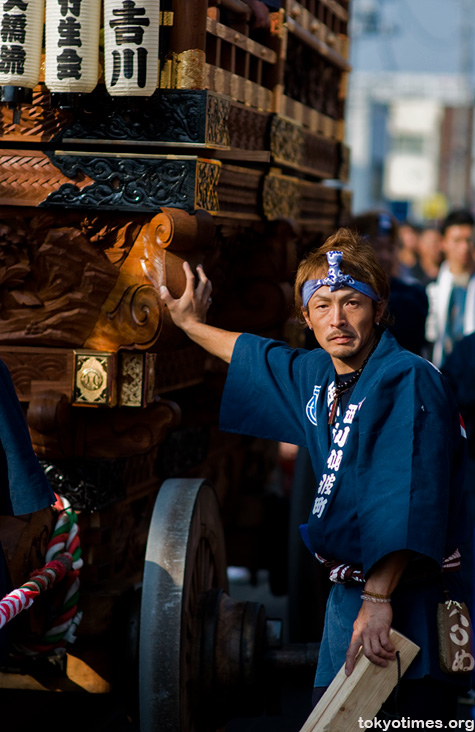
But on the whole it’s a chance for participants of all ages to have a tremendous amount of fun in traditional togs,
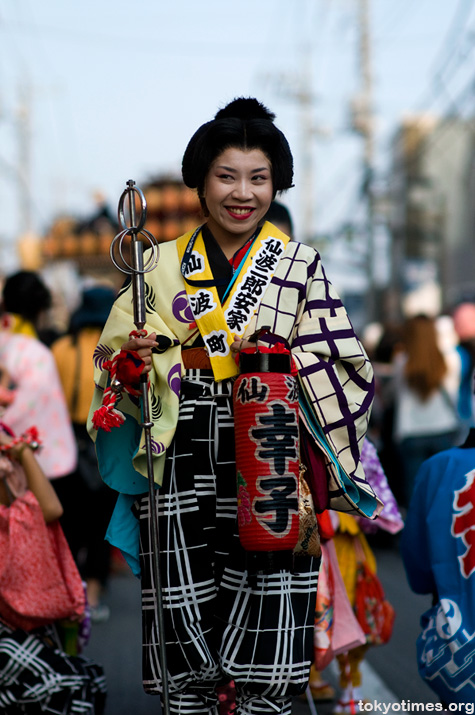
as well as timidly tackling a little toddle around town.
